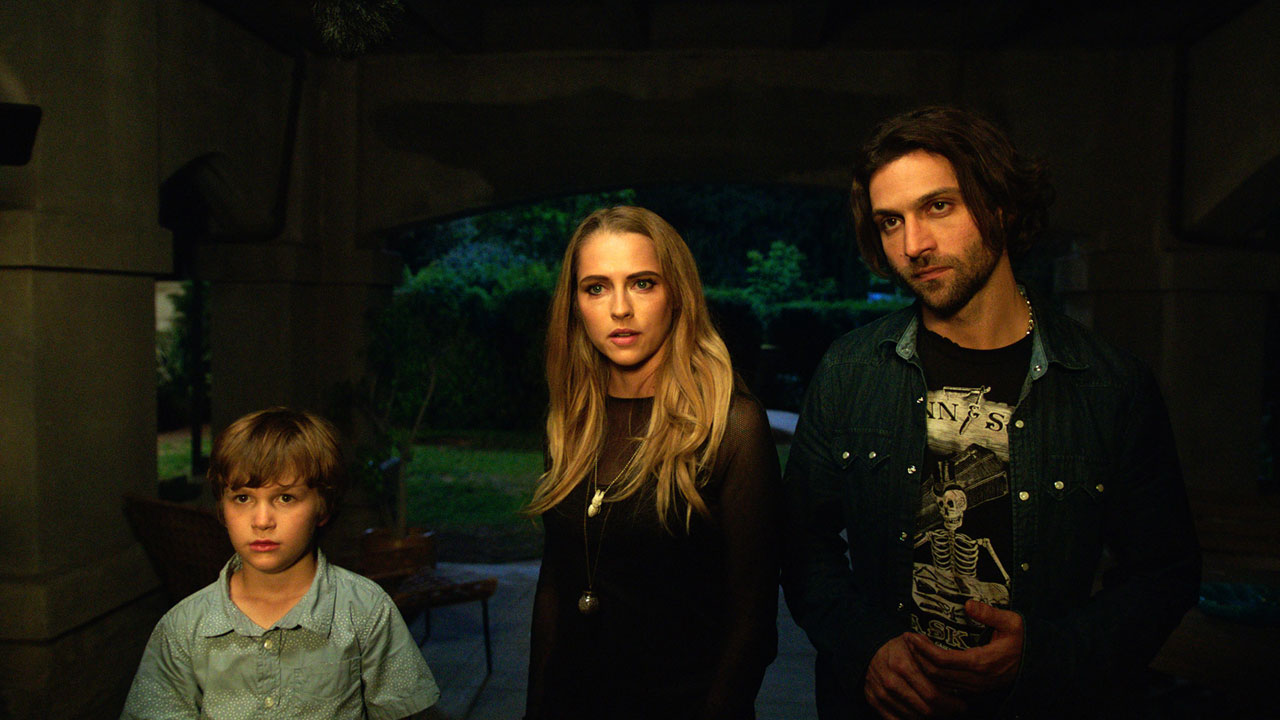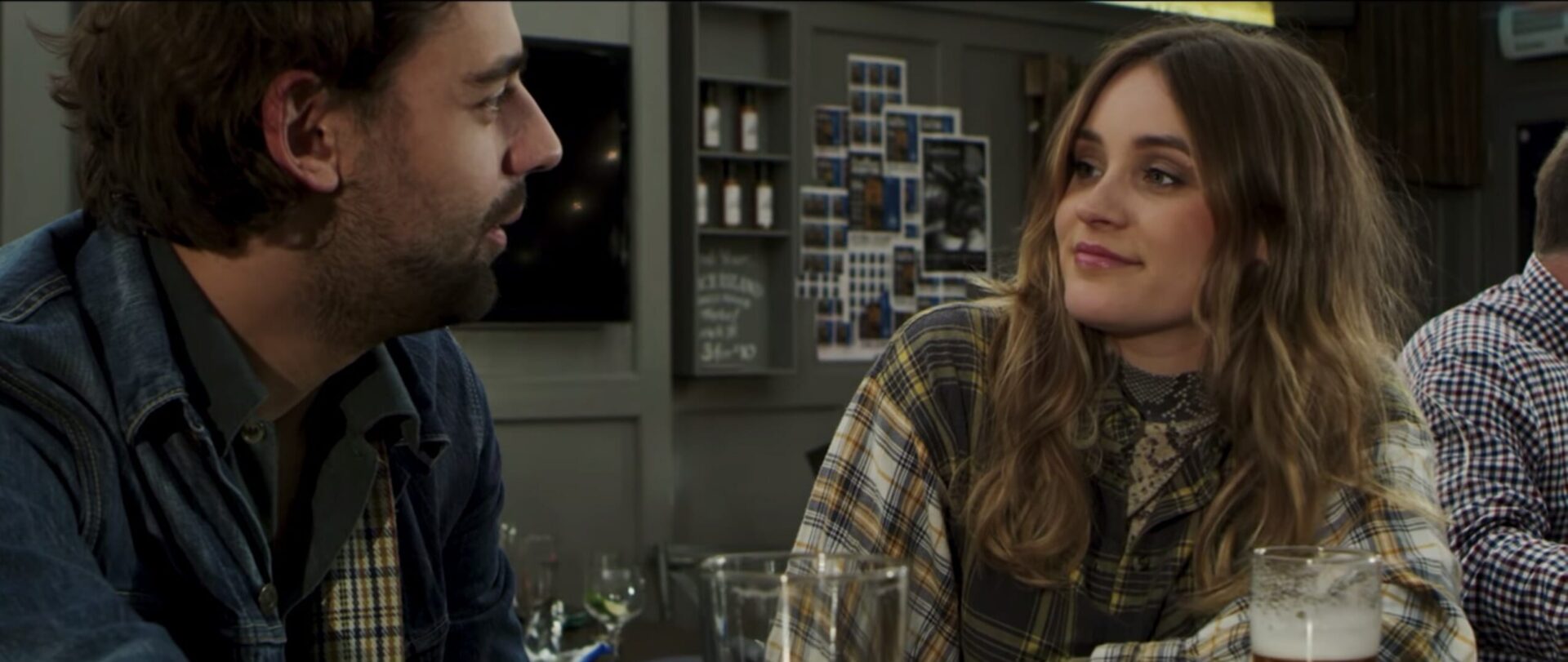Welcome, dear readers, to Substream’s 31 Days of Halloween. While every holiday captures the hearts and minds of the Substream staff, Halloween holds an especially important place in our hearts. Now that we’ve entered the month of October, it’s time for us to share our love for this holiday with you.
Every single day in October, our collection of spooky staff writers and ghoulish guest contributors will walk you through a horror or Halloween-themed movie they adore. The goal is to both celebrate the titans and icons of the season while also introducing you to new films and scares to fill your autumn nights. Lock your doors, check under your bed, and settle in as you join Substream for our 31 Days of Halloween.
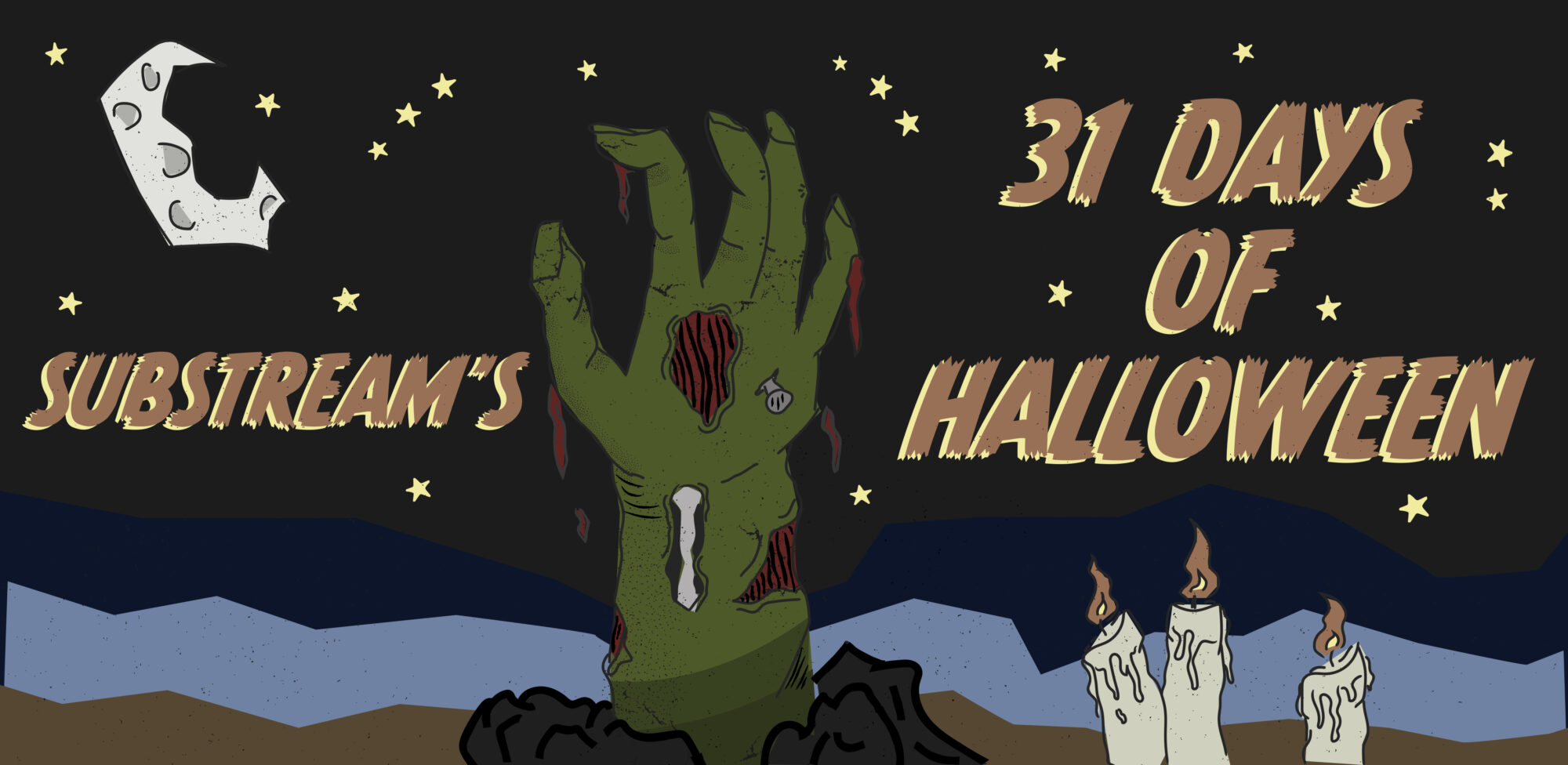
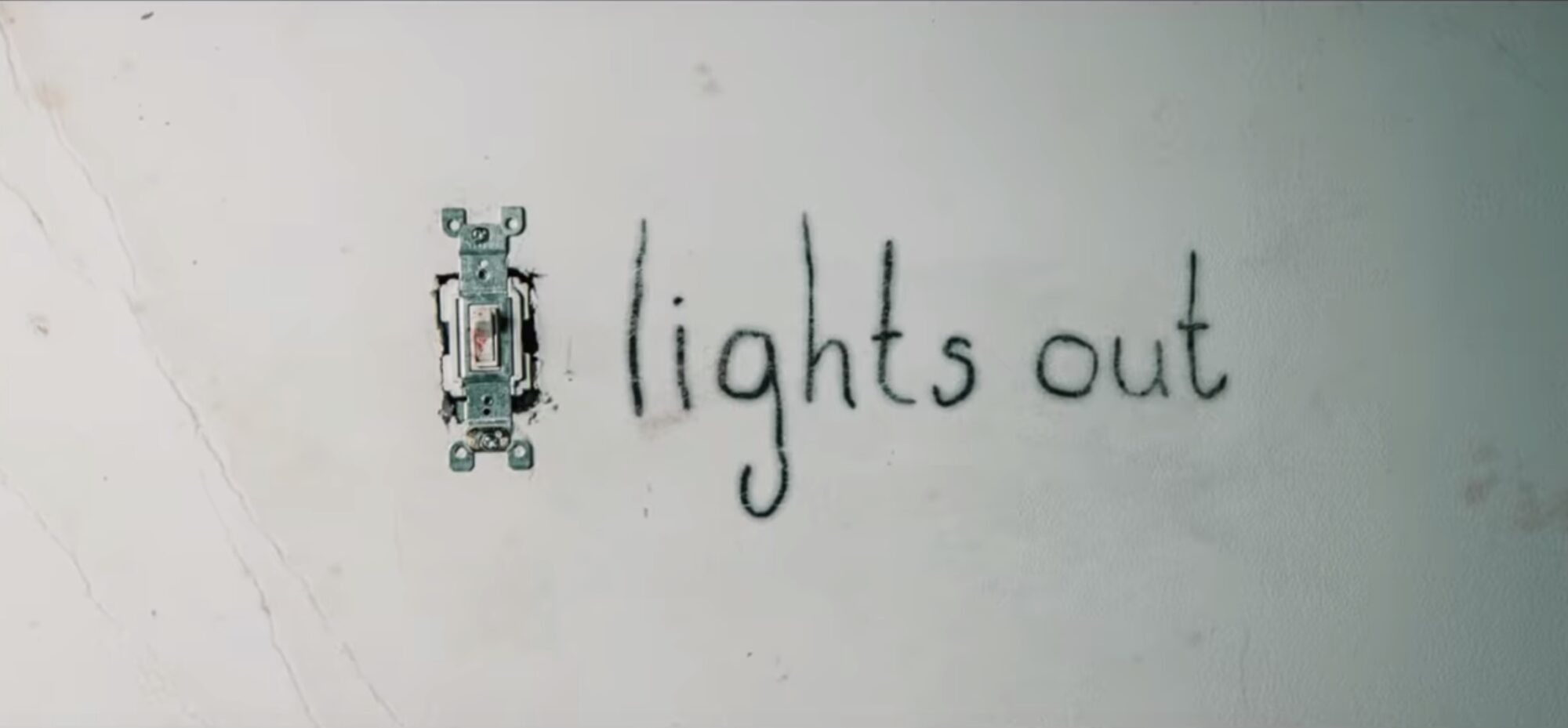
Day 5: Lights Out (2016)
There’s a Lovecaft quote saying “The oldest and strongest emotion of mankind is fear, and the oldest and strongest kind of fear is fear of the unknown.” And with that, there’s the most pretentious intro I’ve ever written. But stick with me: If fear stems from what you don’t know, what you haven’t experienced, what you can’t see or explain, then isn’t it worse when you do know what’s coming, when you have experienced it, and yet it’s still just as scary?
2016 brought us some great horror movies across the entire range of the genre – the second of The Conjuring films, the third in The Purge series, Don’t Breathe, Raw, The Witch, The Neon Demon, The Void. One that may have slipped through the cracks for some is also one that could compete against any of the rest of those – David F Sandberg’s directorial debut Lights Out.
A full-length adaptation of his viral YouTube hit of the same name, Lights Out is a brief yet brazen combination of a haunted house monster movie and an emotional, environmental peek behind the curtains of a broken home and what grief can do to a person and those around them.
Lights Out centers on Rebecca (Teresa Palmer) and Martin (Gabriel Bateman), half-siblings who, with help from Rebecca’s not-quite-boyfriend Bret, come together in hopes of helping their mother Sophie (Maria Bello) cope with the sudden death of Martin’s father. As Martin reveals more about his mother’s state of mind at home, the two are confronted by a shadowy creature named Diana that threatens the family’s connections to one another, and soon their lives.
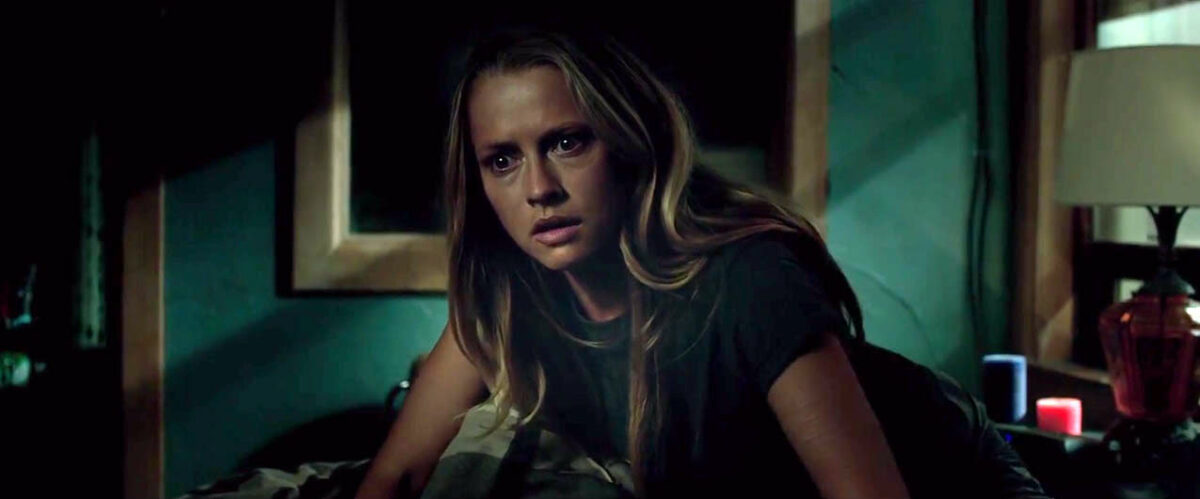
For a movie with the title that it has, it comes as no surprise that its use of darkness is one of its main strengths. Even in the dark, Diana’s creepy, crooked form stands out. Where the absence of light is crucial, the film’s various uses of it throughout are creative and equally important. When Diana appears, her only distinguishable feature other than her form itself are her faint white eyes contrasting against the pitch black of her outline. While her body and presence are jarring, seeing the eyes, seeing that she isn’t just facing your direction but looking at you directly, makes the fear real and the threat feel personal. In the dark, we see the human characters’ eyes catching the light the same way, showing a tether to Diana’s last remnants of humanity.
The concept is one that could quickly go stale, but thanks to a wide array of light sources used, along with a brilliant use of sound and negative space, it’s more than just ninety minutes of flipping a light switch on and off between monster attacks. There are some instances where that is the case, specifically the first encounter (which features Lotta Losten, Sandberg’s wife and actress from the original short) but afterwards, flickering neon lights, darting flashlights, cell phones, blacklights, and even gunshots (my favorite use of the effect) are all used, just to name a few. Better yet, Sandberg avoided using CGI as much as possible, using practical effects while also using whatever light source within a scene as the main source of lighting.
Whether the lights are out or not, the audio cues combined with an eerie score carry the film. A thud here, a creaking floorboard there, scratches into wood or a knock just off-screen, each build the surroundings around the scene in focus and as tension rises, it carries the hair on your arms up with it.
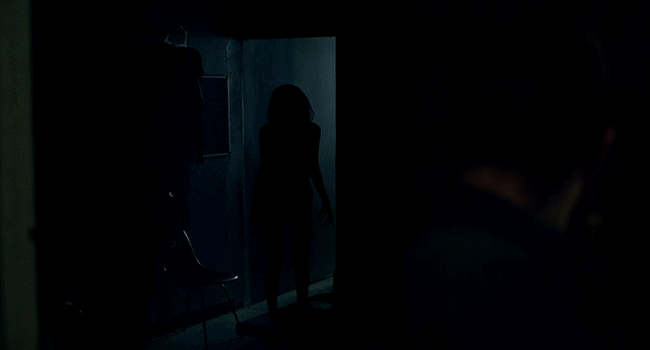
Lights Out takes one of the simplest, oldest horror tricks and adds a fresh coat of black paint to it – what if the things that go bump in the night don’t need the nighttime but rather a patch of shade? What if the monster under the bed can live in the closet, in the corner of the garage, in the center of the room right after you’ve hit the switch off. Why do some shadows seem darker than others and is it just your mind playing tricks on you?
And while it succeeds in the obvious surface scares, I think the real success comes from its deeper questions – what if the darkest shadows are the ones that your mind created itself. How do the things we carry with us impact those around us? How can our darkness become a danger to others who are trying to help? How do you fight something you can’t see?
If there’s a movie you likely missed from 2016, I’m willing to bet it was this one. And I’ve made a point of using this as one of my recent go-to suggestions for whenever anybody is looking for a new batch of scares. The things Lights Out do well are done very well, and even after multiple viewings, I still get the same chills as the first time. Sandberg creates an eerie, sensory gem that sticks with you through the credits and leaves you squinting into doorways after. Do yourself a favor, set aside the hour and a half and check out one that might have passed you by.
Be sure to keep the lights on.


